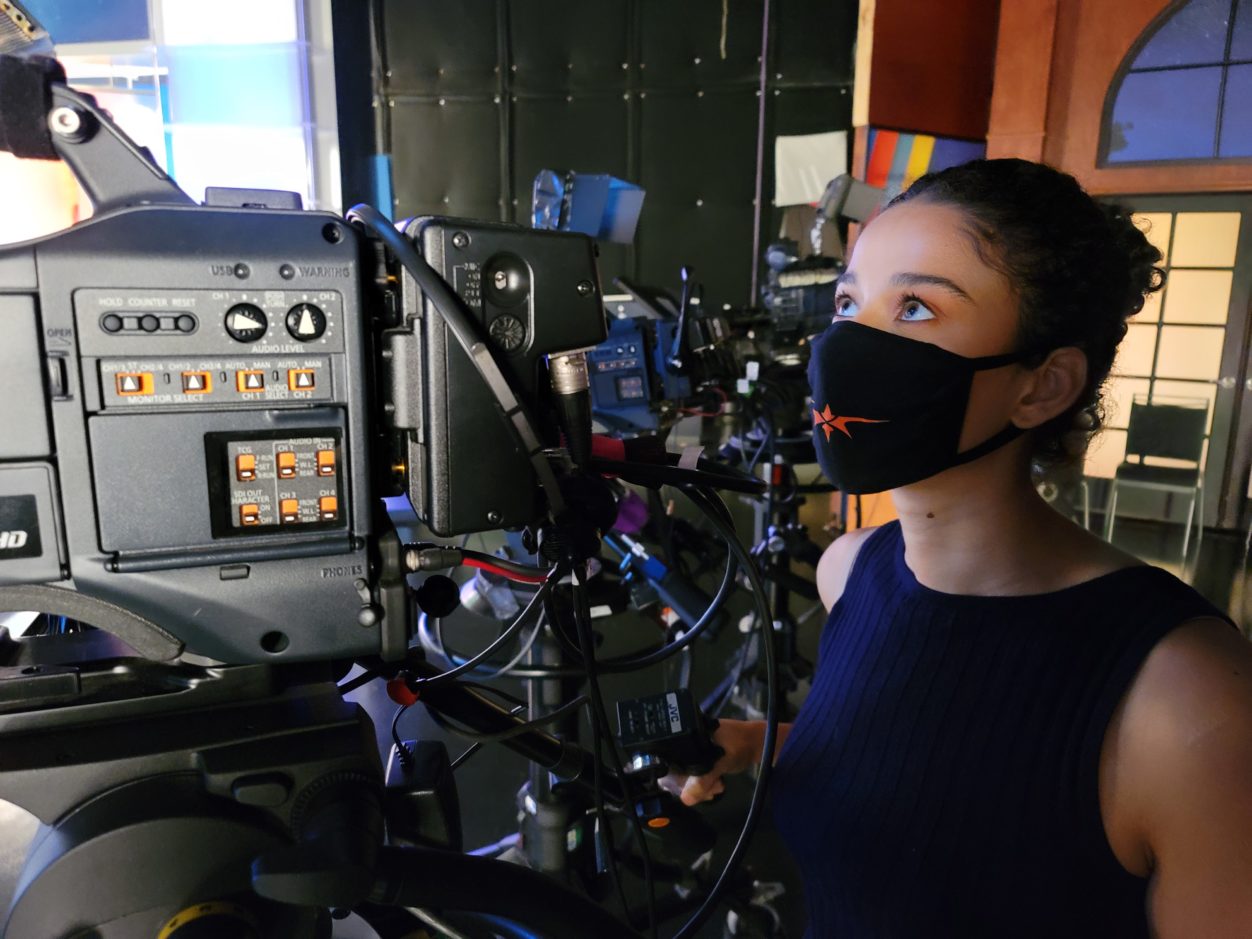What is Shot Composition in Film?
Composition is a term used to describe the arrangement of various elements of a scene within the camera frame. This includes the arrangement of props, scenery, and the actors that are within the frame. Whenever a filmmaker refers to composition, they’re referencing these elements in respect to each other. And how they appear within the camera frame itself. But what is shot composition in film? And why is it important in filmmaking?

WHAT IS SHOT COMPOSITION IN FILM?
If composition represents the arrangement of props, scenery, and actors within the frame. Then shot composition refers to the arrangement of these visual elements in order to convey a certain message.
Filmmakers use shot composition to and framing to influence the audience and drive their message home.
Early films essentially used a single camera position that captured what appeared similar to a stage play. Characters, and all of the elements of the scene, faced a single direction. Similar to those in a play that was being viewed in real-time.
There were very few camera movements, and takes were rather long. There was very little use of various shot composition features. Such as the close up shot, or any change in shots, really. In fact, the entire film was rather two dimensional overall.
AN INFLUENCE ON THE AUDIENCE
However filmmakers would soon realize that, with the advances in technology and improvements in technique. They could further influence the audience, and deliver their key message.
With seamless movements of the camera and characters to create a three-dimensional depth that was engaging, more lifelike. And which could be used to deliver deeper meaning than a two-dimensional shot.
Thus, filmmakers learned that shot composition could be used to capture the attention of the audience. Directing their attention to a particular character or object within the scene.
And further conveying the desired message. Without actually stating word for word what’s going on within the scene.
RULES OF SHOT COMPOSITION IN FILM

So, now that we’ve answered the common question, “What is shot composition in film?” Let’s dive into how shot composition in film can be used to connect the audience with the story.
And drive the core message home. When filmmaking, the cinematographer is paying attention to how the various elements of the scene are visualized within the frame.
Not only is composition about how these elements are arranged in the shot. It’s also about what’s happening particularly around the outer edges but also in the background. There’s a lot going on, and every element is important in some capacity.
THE BASIC RULES OF COMPOSITION IN FILM INCLUDE:
Amount Difference
This basically means that when you break your frame into six sections, three vertical sections and three horizontal sections. Then you basically want your subject to be at one of the interconnecting points.
That’s it. Using the rule of thirds allows you to create an asymmetrical image. Which will enhance the natural beauty of your shot. While equally making it appear more aesthetically pleasing to your audience.
BALANCE AND SYMMETRY
While the rule of thirds is about asymmetrical elements within the frame, there are times where it’s okay to break this rule.
Sometimes balance and symmetry can work, done right, a symmetrical shot can be used to drive the viewer’s attention. While striking a particular emotional connection.
THE 180° RULE
This basically means that the camera should remain on one side of the characters at all times and it primarily to maintain continuity of the scene. But like all good rules, this rule too can be broken at times.
And, when the 180° rule is broken, it can create a tension and perceived feeling of psychosis or disconnect.
MEDIUM SHOTS
Basically this rule for shot composition states that medium shots should leave some room above the subject’s head. Whereas a close-up shot may eliminate any room above the head. And even eliminates a portion of the subject’s forehead.
FRAMING AT EYE LEVEL
This rule states that shots should be captured at eye level. So that the audience will connect with characters emotionally. But again — this rule can be broken too! Especially when attempting to change the emotional connection. Or to create an emotional disconnect within the audience.
So, what is shot composition in film? It’s the arrangement of visual elements including props, characters, and scenery within the frame. In order to convey a particular message to the audience. Shot composition is incredibly important. And can be altered in a variety of ways.


